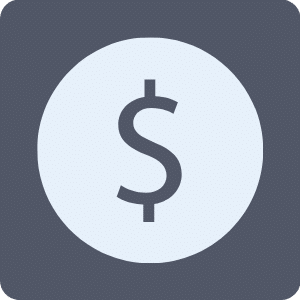[level-non-member]
Members, remember to log in to view this post.
[/level-non-member]
[level-membersupporter]
BY COLLEEN MINIUK-SPERRY
Do you have a book idea itching in your mind? Do you want complete creative control over your project? Do you seek the potential for greater financial gain than authors often earn through a publisher?
Authors answering yes to these three questions may find self-publishing a book more rewarding — and possibly more profitable — than pursuing traditional publishing outlets.
Consider the following to bring your wildest book ideas to fruition:
- Learn what DIY books entail. Read Dan Poytner’s book, “The Self-Publishing Manual,” to gain helpful tips and a clear overview of the self-publishing process from writing salable content to selling your finished product.
- Before you pen a word, conduct a reality check. Complete a market analysis to understand your sales environment, estimate your potential profitability and define your print run quantity based on the size of your target audience. Extensively research and honestly answer questions like, Who is the primary target audience for this type of book? (Hint: it’s not everyone.) How will your book stand out from competitors? Is your target price in range with what the market will bear? What specific marketing tactics will you utilize to reach your target audience? How will you distribute the book to retail outlets, Amazon.com, etc.?”
- Clarify your vision. Construct an outline of topics to identify what is in (and out of) scope for your title. If your book serves as a reference or travel guide, consider both a print and e-version. If your text will likely be read once on an airplane like a paperback novel, consider publishing an e-book only, unless you have substantial funding, established distribution channels, and a sizeable interested audience.
- Deliver the highest quality product you possibly can. Write the book you’d like to read and do not rush through the time-intensive process. Hire an experienced editor who can help with grammar and refining your message. Also, employ a graphic designer to create an eye-catching cover and effective inside layout. Ask a focus group (comprised of your trusted friends and family from diverse backgrounds) to evaluate various design and content ideas before you finalize your approach. Incorporate their feedback, but also stay true to your vision.
- Prep your book for retail sales. Visit bowker.com to secure an ISBN number and bar code, as retail outlets require both in order to sell your book. Also, obtain a Library of Congress pre-assigned control number at www.loc.gov/publish/pcn before you go to print.
- Create professional-quality marketing materials. Create a website (and blog, if appropriate) dedicated to your book. Enable web-based ordering via online marketplaces like eJunkie. Prepare bookmarks, postcards and handouts to distribute at presentations, book signing events and workshops. Study Jay Conrad Levinson’s books on “guerrilla marketing” for potential — and unconventional — marketing tactics.
- Choose your printer. Print-on-demand (POD) printers offer expensive smaller print runs that require little (if any) storage space, which limits your financial risk. Offset printers present a more economical option for larger quantity print runs, but authors must find storage space (e.g. garage, storage unit, warehouse) to house all the books. Either way, solicit multiple competitive bids from international and U.S.-based printers. Ask not only about the printing pre-press, production and transportation costs at varying print run quantities, but also the fees for changes you will inevitably make during the process. Request samples to assess their quality.
- Tap into beneficial corporate sponsorships and crowd-funding (e.g. Indiegogo, Kickstarter) to help raise funds instead of pulling pennies out of your pocket.
- Define your distribution plan. Traditional distributors request about a 60 percent discount of the manufacturer’s suggested retail price (MSRP) value of your book so they can resell your product to retail outlets at about 40-50 percent of the MSRP value. If you distribute yourself (which requires cold calling locations), document a retail agreement outlining your discount, shipping terms, payment terms and return policy. Substantial self-promotion is required whether you sign with a distributor or not.
- Ship the books to direct customers. Media mail rates offers the cheapest, albeit the slowest, method to ship. If your book contains advertisements, tap into USPS’s flat-rate priority mail offerings instead. It’s pricier for the customer, but the book will arrive within two to three days anywhere in the U.S. Stock up on bubble wrap and tape.
- Get the books out of the garage and into your customers’ hands. Direct sales account for the highest potential profit. Connect with your target audience at presentations, book signings and workshops. Leverage social media and e-newsletters to keep fans engaged and interested.
- Celebrate your success. A book release party helps recognize the contributions of your team, sponsors and dedicated supporters. Plus, you deserve it.
— Colleen Miniuk-Sperry published “Wild in Arizona: Photographing Arizona’s Wildflowers, A Guide to When, Where, and How” in 2011. It won seven international awards. She published “Photographing Acadia National Park: The Essential Guide to When, Where, and How,” this year.
[/level-membersupporter]

